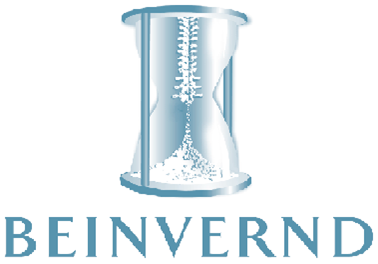a) Slæm sjónskerpa hefur sterkari tengsl við byltur en minnkað sjónsvið?
b) Poor visual acuity is the strongest predictor of falls in terms of risk factors in vision
c) Skipta á tvískiptum gleraugum og hefðbundnum gleraugum þegar verið er utan dyra dregur úr byltum hjá fólki sem vant er stundar útivist og er hætt við að detta.
d) Skipta á tvískiptum gleraugum og hefðbundnum gleraugum þegar verið er utan dyra dregur úr byltum hjá fólki sem ekki er vant að stundar útivist og er hætt við að detta.
Öll svörin eru rétt!
Samkvæmt Lord og fél. (Falls in Older People. 2nd Edition. By Steven Lord, Catherine Sherrington, Hylton Menz. Cambridge University Press, 2006), er slæm sjónskerpa og minnkað dýptarskyn helst tengt við áhættu á byltum og þar á eftir poor visual acuity, síðan kemur minnkað sjónsvið og aukið visual field dependence.
Nýleg rannsókn á sama hópi (Effect on falls of providing single lens distance vision glasses to multifocal glasses wearers: VISIBLE randomised controlled trial), með tæplega 600 manns í viðmiðunarhópi og 600 í íhlutnarhópnum. Íhlutunarhópurinn skipti út tvískiptum gleraugum fyrir hefðbundin gleraugu með þeim tilmælum að nota þau utandyra þ.e. við útivist og göngur. Í eftirfylgt 13 mánuðum síðar kom í ljós all flestir fór eftir tilmælunum og greining á niðurstöðum rannsóknarinnar sýndi marktækt að íhlutunarhópurinn dró úr byltum (incidence rate ratio 0.60, 0.42 to 0.87), byltur utan dyraroutside falls, and injurious falls in people who regularly took part in outside activities. A significant increase in outside falls occurred in people in the intervention group who took part in little outside activity. The authors conclude that with appropriate counselling, provision of single lens glasses for older wearers of multifocal glasses who take part in regular outdoor activities is an effective falls prevention strategy. The intervention may be harmful, however, in multifocal glasses wearers with low levels of outdoor activity.
Which one of the following statements about fear of falling and gait performance are TRUE? (Tick as many as you think are correct.)
You selected:
a) People with a fear of falling and related avoidance of activity walk with a slower stride velocity than people without fear
c) Falls self efficacy predicts impaired gait and balance
The correct answer(s) are: a) People with a fear of falling and related avoidance of activity walk with a slower stride velocity than people without fear
c) Falls self efficacy predicts impaired gait and balance
Correct Answers: A and C
What is the Relationship Between Fear of Falling and Gait in Well-Functioning Older Persons Aged 65 to 70 Years? To investigate the association between fear of falling and gait performance in well-functioning older persons, 860 community dwelling people aged 65-70y were assessed with 2 questions about fear and related activity restriction. Gait performance, including gait variability, was measured using body-fixed sensors. Nearly 30% of the participants reported fear of falling, with 5% reporting activity restriction. Fear of falling was associated with reduced gait performance, including increased gait variability. A gradient in gait performance was observed from participants without fear to those reporting fear without activity restriction and those reporting both fear and activity restriction. For instance, stride velocity decreased from 1.15+/-15 to 1.11+/-.17 to 1.00+/-.19 m/s (P<.001) in participants without fear, with fear but no activity restriction and with fear and activity restriction, respectively. In multivariate analysis, fear of falling with activity restriction remained associated with reduced gait performance, independent of sex, comorbidity, functional status, falls history, and depressive symptoms.
Falls-related self-efficacy is independently associated with balance and mobility in older women with low bone mass.In 98 women aged 75-86 yrs, falls-related self-efficacy (measured using the ABC) was independently associated with both balance and mobility after accounting for age, current physical activity level, and performances in relevant physiological domains.
